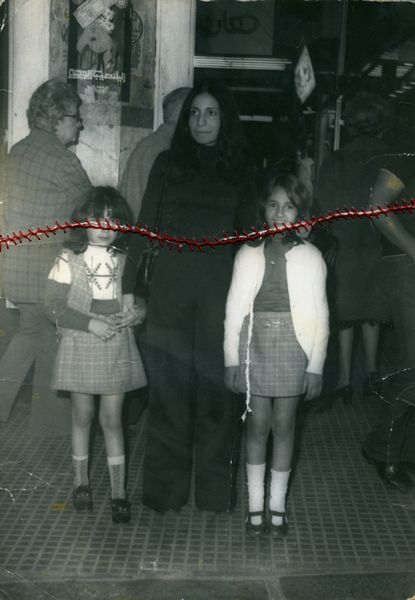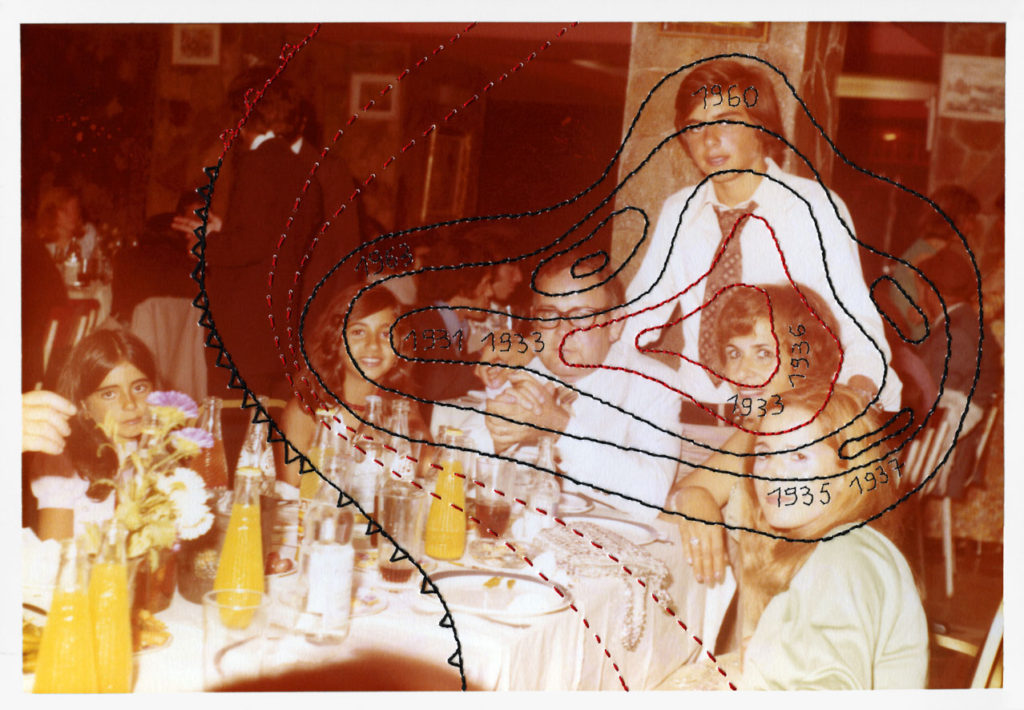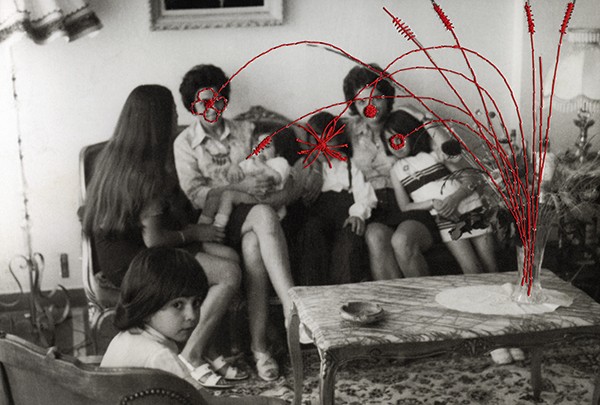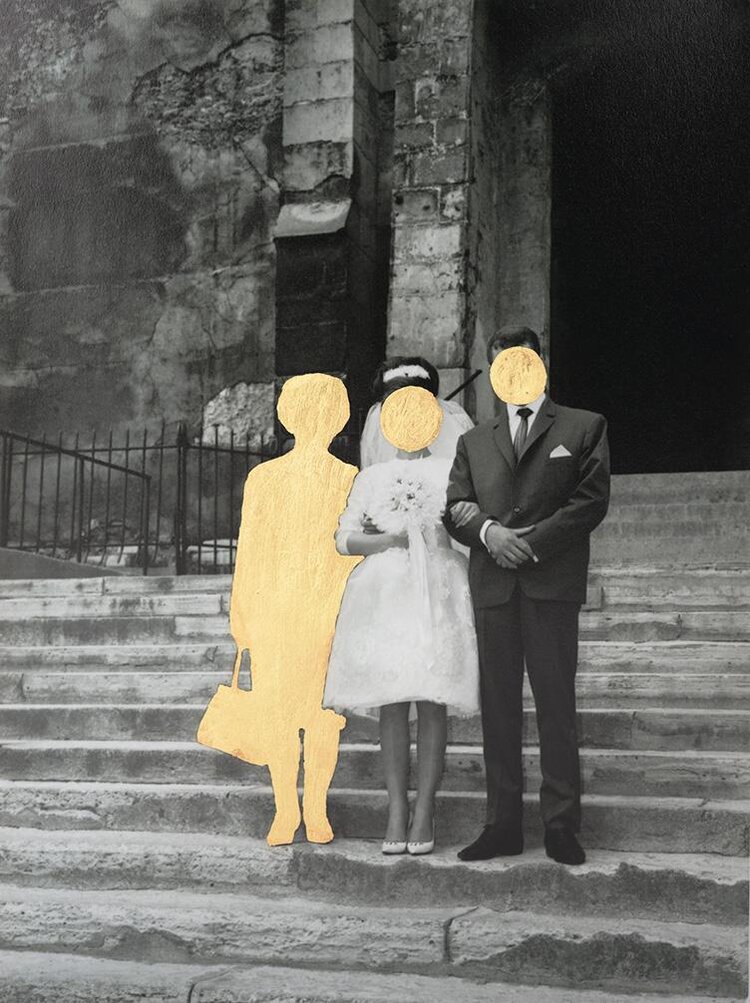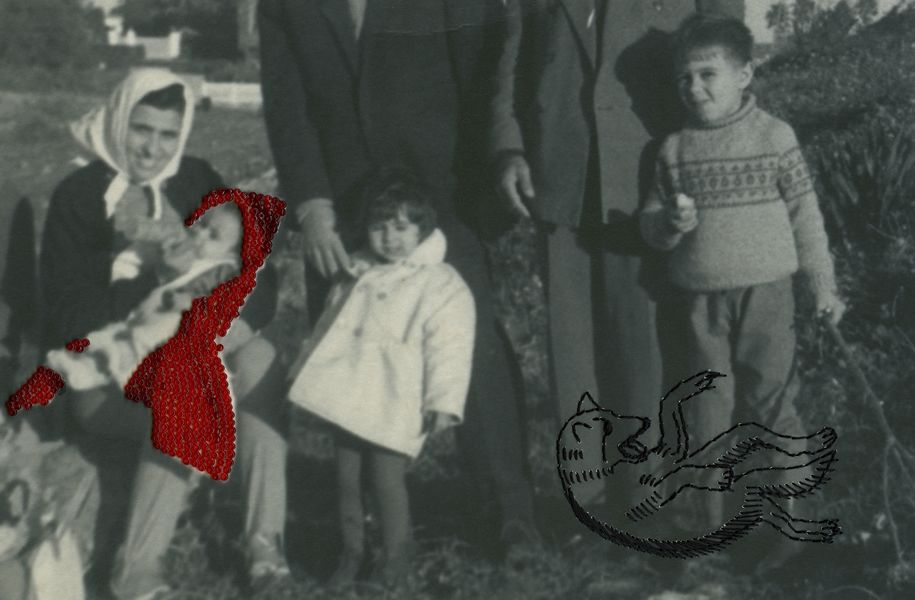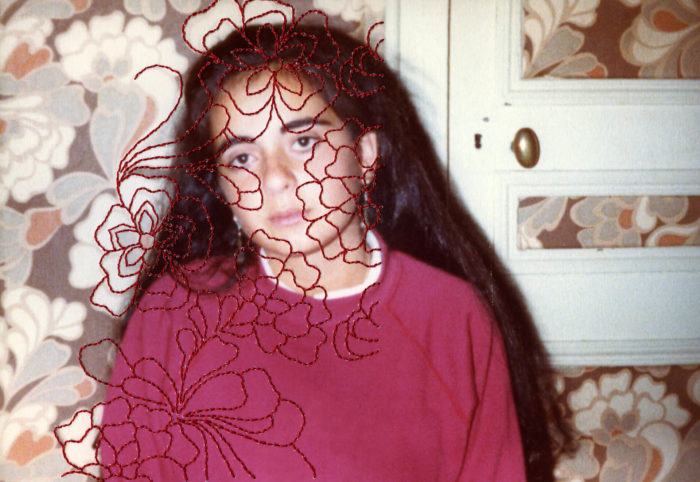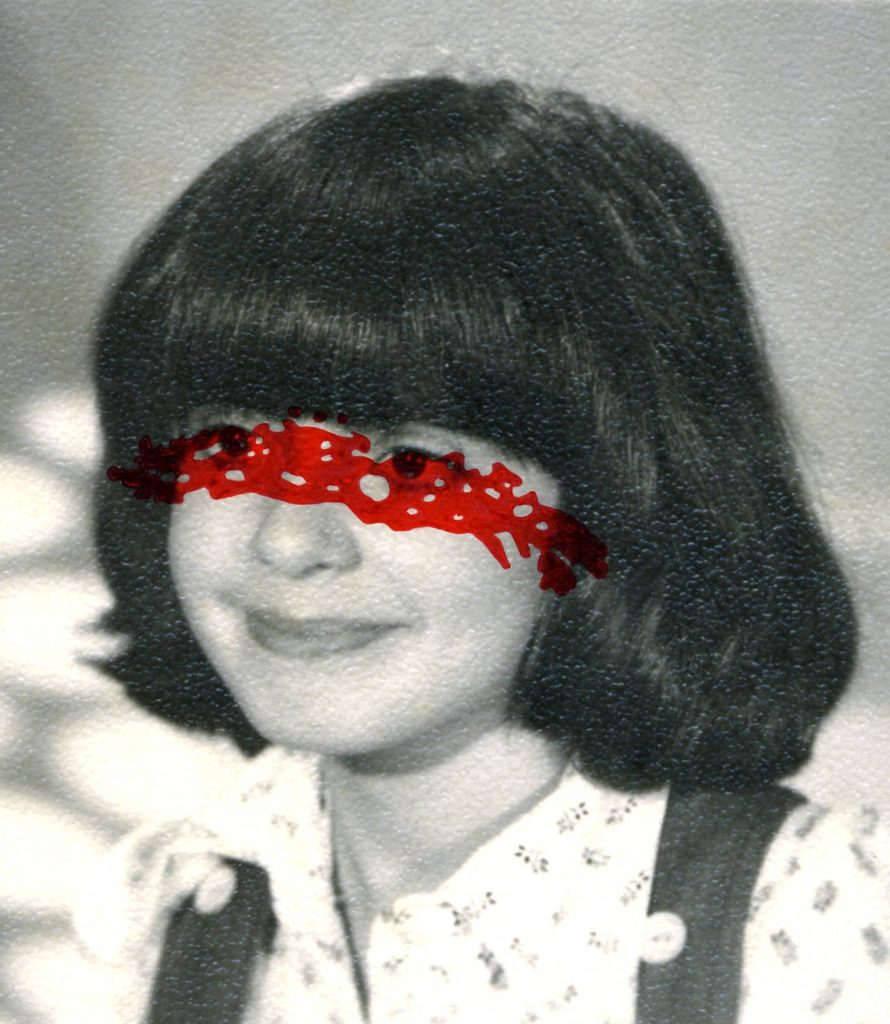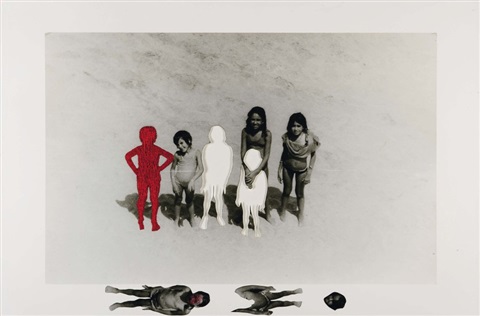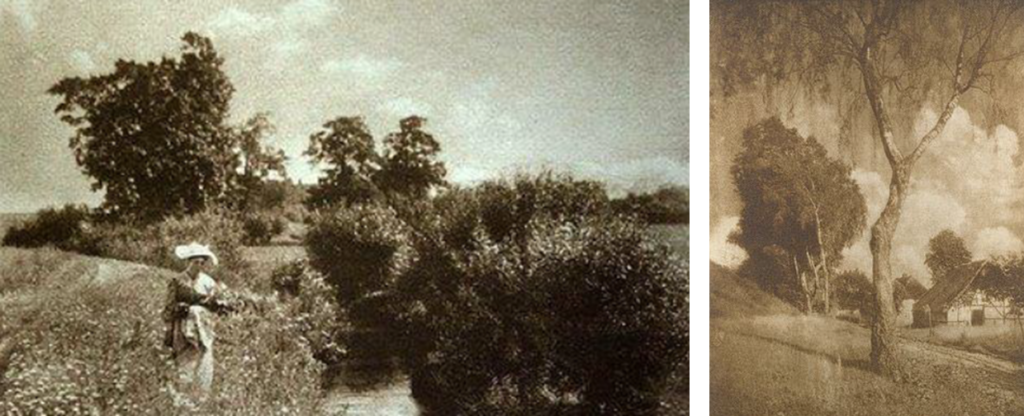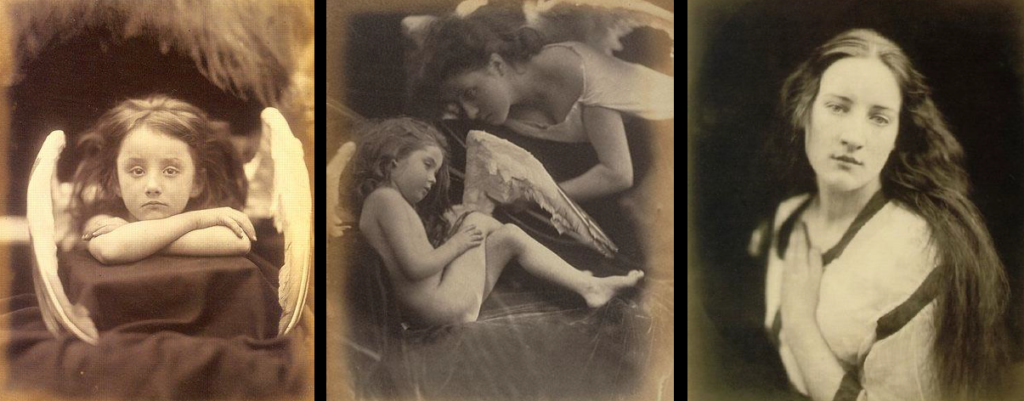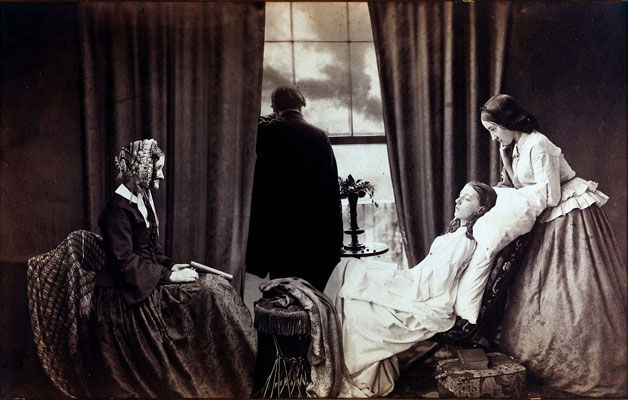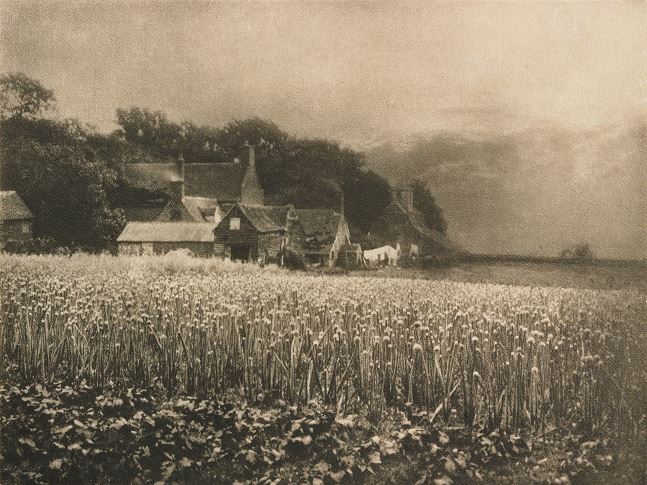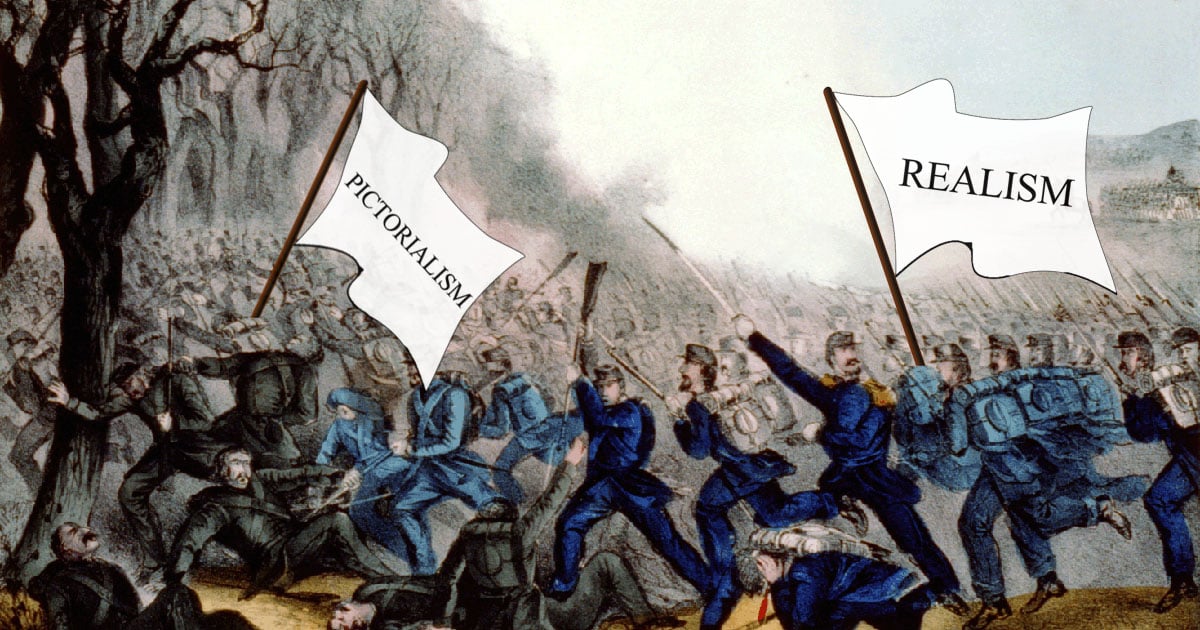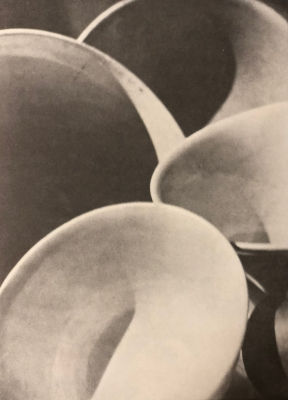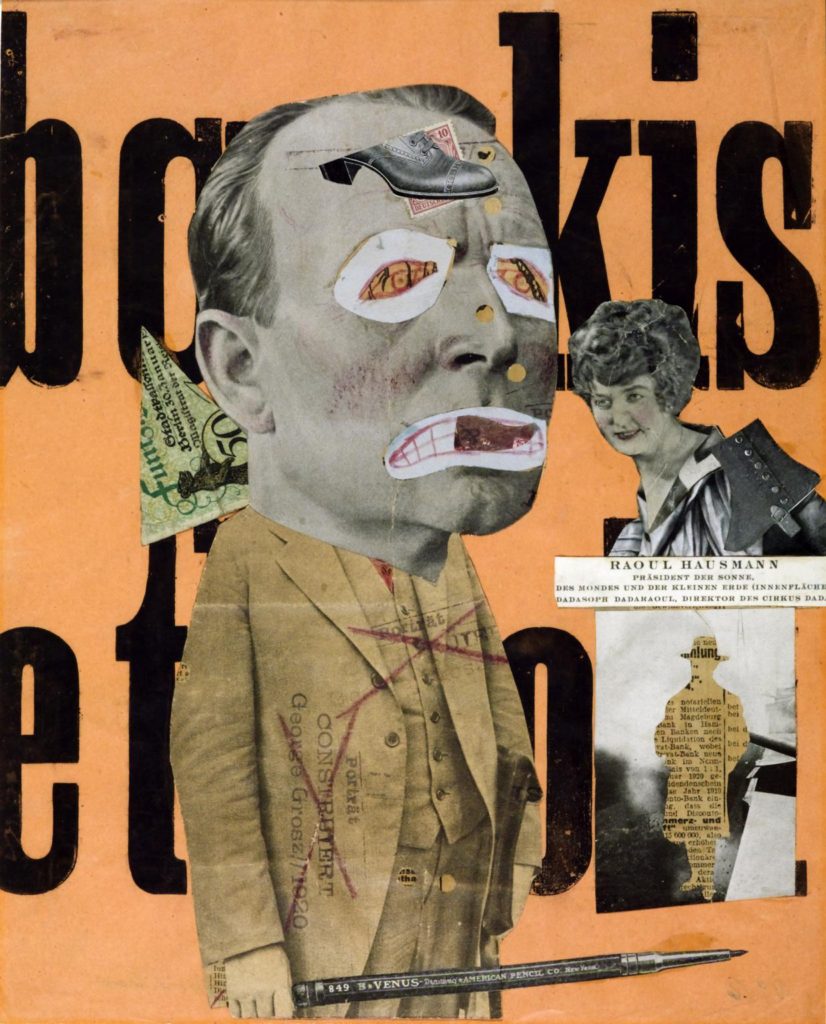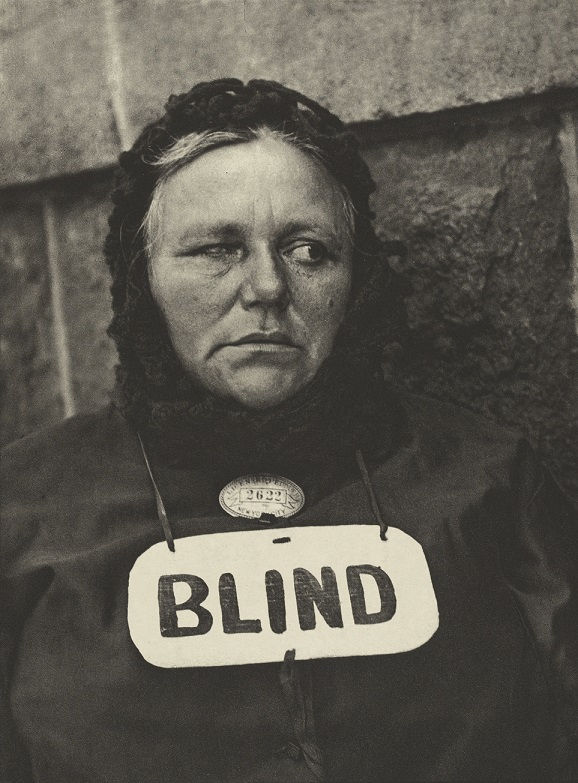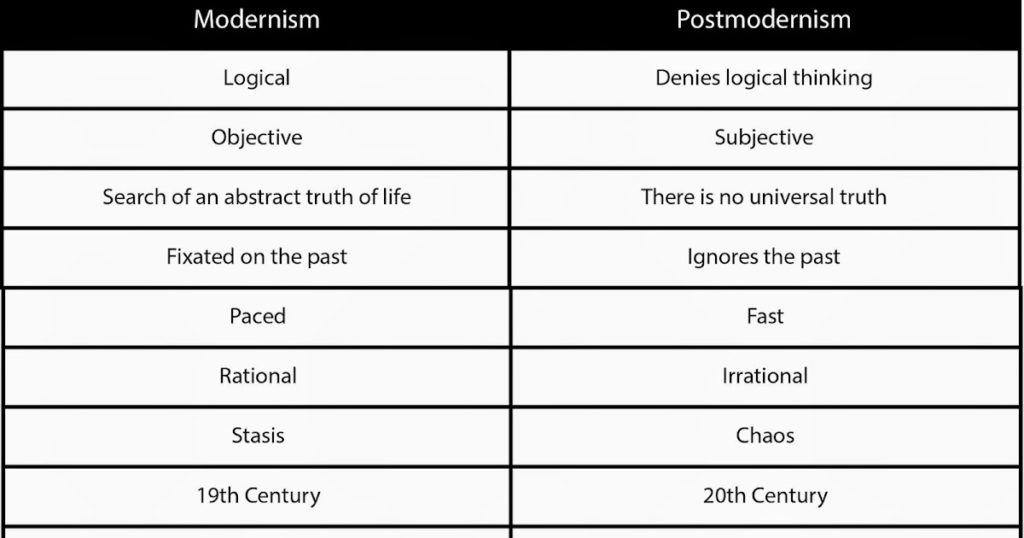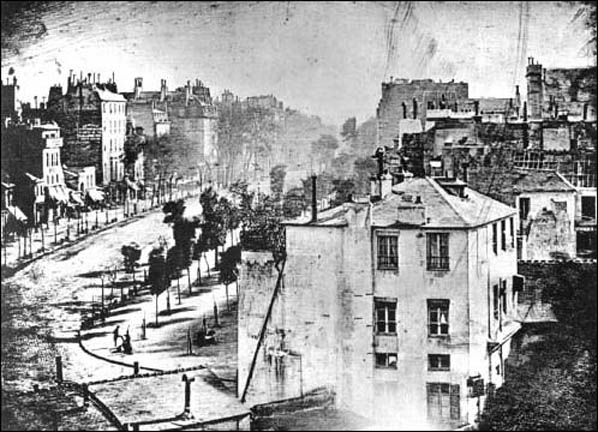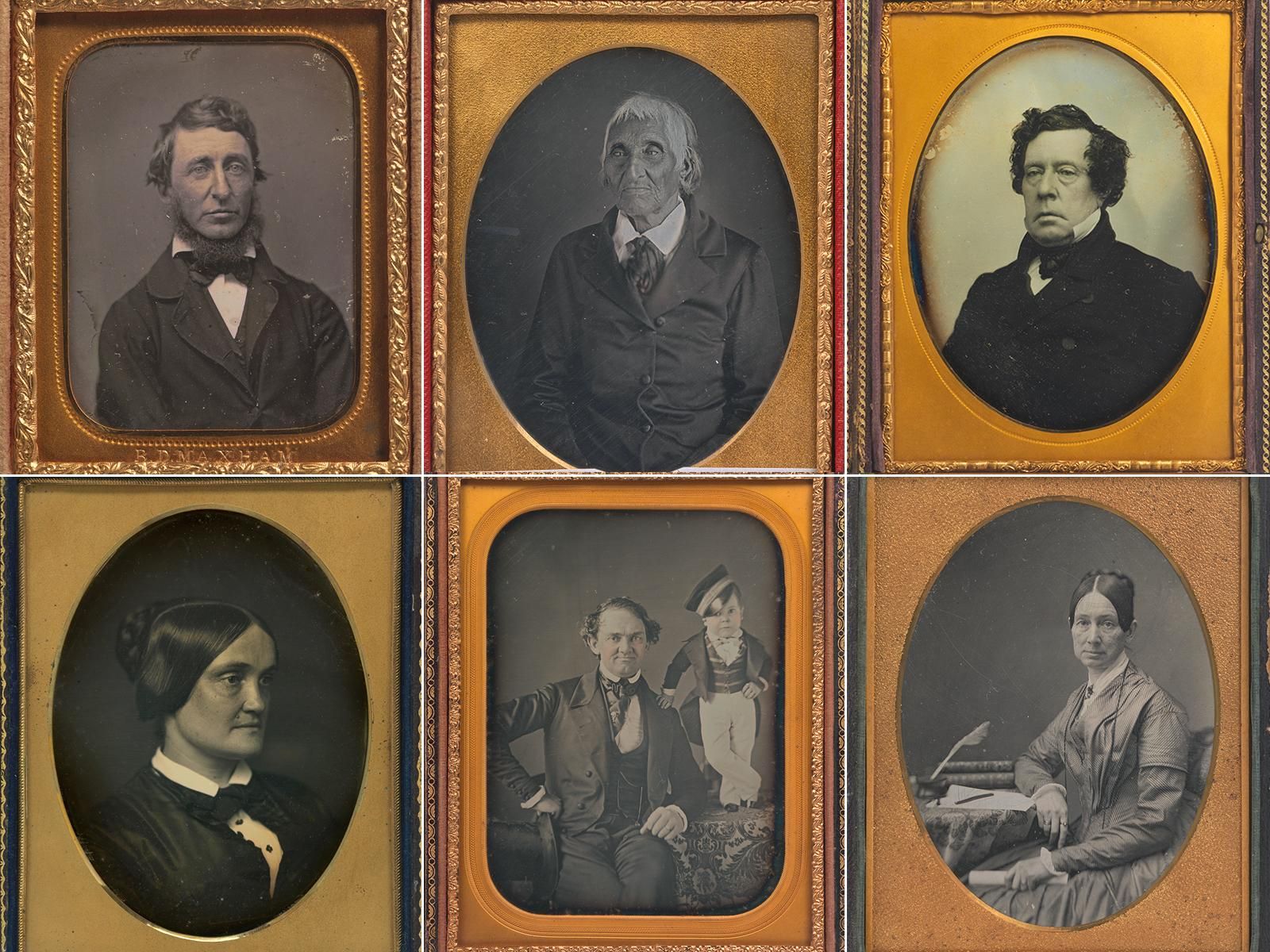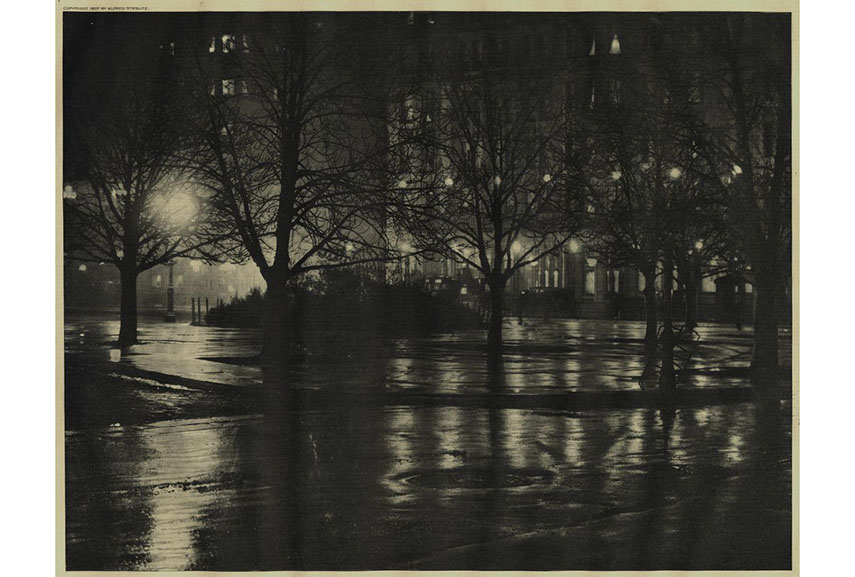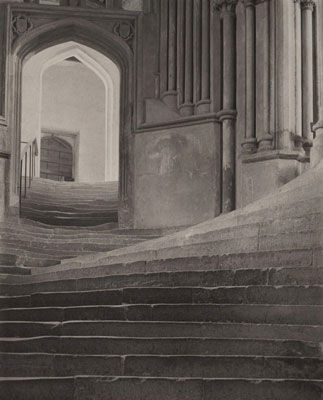Pictorialism
Time Period : 1880 – 1920
Key Characteristics/ Methods and Techniques : They wanted to create something that looked like it was hand made and resembled art. Pictorialism reacted against mechanization
and industrialisation. The manipulated images by scratching the negatives to give the images texture, used chemicals on the negatives and put Vaseline on the lenses.
Artists Associated :
Alfred Steglitz

Alphred Stieglitz (January 1, 1864 – July 13, 1946) was an American photographer and modern art promoter who was instrumental over his 50-year career in making photography an accepted art form. In addition to his photography, Stieglitz was known for the New York art galleries that he ran in the early part of the 20th century, where he introduced many avant-garde European artists to the U.S. He was married to painter Georgia O’Keefe
Julia Margaret Cameron

Julia Margaret Cameron (née Pattle; 11 June 1815 – 26 January 1879) was a British photographer who is considered one of the most important portraitists of the 19th century. She is known for her soft-focus close-ups of famous Victorian men and for illustrative images depicting characters from mythology, Christianity, and literature. She also produced sensitive portraits of women and children.
Realism/ Straight Photography
Time Period : 1900 – 1940 mainly 1930
Key Characteristics/ Methods and Techniques : Straight/ realism photography was based on photographers belief in intrinsic qualities of the photographic medium and how it provided records of the world. The photographers strove tyo make photographic pictures instead of paintings and treated it as something away from drawing or painting. Realism was linked to the idea of photography growing up with a close relationship to reality and the ability of the camera to record a moment in time from the real world. The way a photo was taken shows the way the photographer looked at the world and why they chose to photograph it
Artists Associated :
Paul Strand

Paul Strand (October 16, 1890 – March 31, 1976) was an American photographer and filmmaker who, along with fellow modernist photographers like Alfred Stieglitz and Edward Weston, helped establish photography as an art form in the 20th century. In the 1930s, he helped found the Photo League. His diverse body of work, spanning six decades, covers numerous genres and subjects throughout the Americas, Europe, and Africa.
Walker Evans

Walker Evans (November 3, 1903 – April 10, 1975) was an American photographer and photojournalist best known for his work for the Farm Security Administration (FSA) documenting the effects of the Great Depression. Much of Evans’s work from the FSA period uses the large-format, 8×10-inch (200×250 mm) view camera. He said that his goal as a photographer was to make pictures that are “literate, authoritative, transcendent”. He is also credited as one of the leading American documentary photographers of the 20th century.
Modernism
Time Period: Early 1900’s – late 1960’s
Key Characteristics/ Methods and Techniques: Early modernity is characterised intellectually by a belief that science could save the world and that, through reason, a foundation of universal truths could be established. The common trend was to seek answers to fundamental questions about the nature of art and human experience. Modernity imbue all aspects of society and are apparent in its cultural forms including fiction, architecture, painting, popular culture, photography. By the beginning of the 20th century, with the diffusion of illustrated magazines and newspapers, photography was a masscommunication medium. Photojournalism acquired authority and glamour, and document like photographs were used in advertising as symbols of modernity
Artists Associated:
Margaret Bourke-White (1904-71)

Margaret Bourke-White (June 14, 1904 – August 27, 1971), an American photographer and documentary photographer, became arguably best known as the first foreign photographer permitted to take pictures of Soviet industry under the Soviets’ five-year plan, as the first American female war photojournalist, and for having one of her photographs (on the construction of Fort Peck Dam) on the cover of the first issue of Life magazine.
Ansel Adams

Ansel Easton Adams was an American landscape photographer and environmentalist known for his black-and-white images of the American West. He helped found Group f/64, an association of photographers advocating “pure” photography which favored sharp focus and the use of the full tonal range of a photograph
Post Modernism
Time Period: second half of 20th century
Key Characteristics/ Methods and Techniques: Post Modernism was created by the criticism of the international style of modernist architecture. They criticized it for being too formal, austere and functional. Postmodern architects felt that international style had become a repressive orthodoxy. It had been adopted by the corporate world and exploited at the expense of its social vision. Postmodernist architecture uses more eclectic (various) materials and styles with greater playfulness. Parody of earlier styles is a dominant postmodern trait. Another is the refusal to develop comprehensive theories about art, architecture and social progress.
Artists Associated:
Jeff Wall
Jeffrey Wall (born September 29, 1946) is a Canadian artist best known for his large-scale back-lit Cibachrome photographs and art history writing. Early in his career, he helped define the Vancouver School and he has published essays on the work of his colleagues and fellow Vancouverites Rodney Graham, Ken Lum, and Ian Wallace. His photographic tableaux often take Vancouver’s mixture of natural beauty, urban decay, and postmodern and industrial featurelessness as their backdrop.
Sam Taylor-Wood

Samantha Louise Taylor-Johnson( Taylor-Wood; 4 March 1967) is a British filmmaker and photographer. Her directorial feature film debut was 2009’s Nowhere Boy, a film based on the childhood experiences of the Beatles songwriter and singer John Lennon. She is one of a group of artists known as the Young British Artists.

